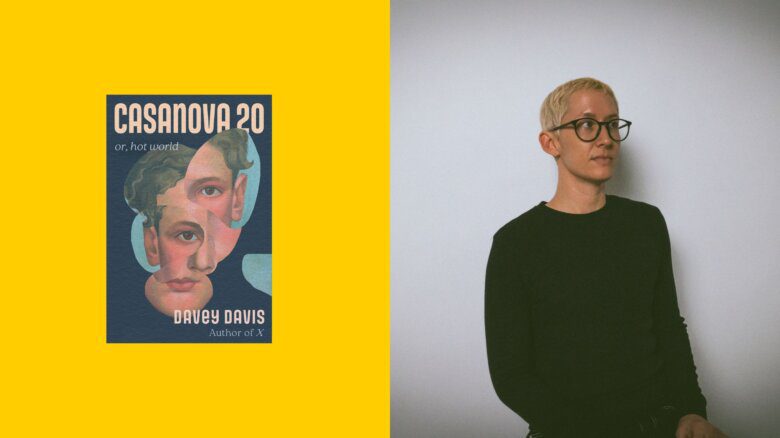It all started with Fifth Column. At least according to Kevin Hegge, who has immortalized the queer punk icons in a new documentary.
“I was always talking to people about the way Toronto was during the ’80s and how the art community and the queer community and the punk community did and didn’t gel and what came out of that, and it all seemed to lead back to Fifth Column and what they were doing,” Hegge says.
She Said Boom!, Hegge’s documentary about those years, is screening as part of this year’s Inside Out festival.
Started in the early ’80s by artists GB Jones and Caroline Azar, Fifth Column was a groundbreaking group of musicians dismissed by the mainstream press as too experimental, too feminist and too queer. “There was a really far-out recklessness to their sound, kind of like an experimental space-aged Archies, but there are lots of pop-music elements, too,” Hegge says.
Fifth Column stuck out like a sore thumb in the punk scene, thanks to cheeky tracks like “The Fairview Mall Story,” which related the true story of the arrest of 32 men in a washroom sex sting and the media’s publication of their names. The video featured artistic collaborator Bruce LaBruce go-go dancing.
Jones and LaBruce later created the punk zine JDs in a dingy Toronto apartment in 1985. It became a manifesto for a new scene and genre that would eventually be known as homocore or queercore.
“They created a whole new demographic based on this ideal notion that Toronto had tons of these hot gay punks, bands and filmmakers, but it was really just what they were doing and dreaming up,” Hegge explains, noting that the movement was widely imitated, eventually becoming the forerunner for the “out-of-the-box queer culture” that produced events like artist Will Munro’s popular Toronto monthly, Vazaleen.
Shot over three years in Toronto, New York and Berlin, She Said Boom! traces Fifth Column’s history by employing their edgy, eye-popping films and archival performance footage and photographs. Hegge also speaks with collaborators and artists who’ve been inspired by the band, including avant-garde performance artist Vaginal Davis and Le Tigre frontwoman Kathleen Hanna.
Hegge chose to create polished, high-definition pop-art caricatures of his core subjects’ personas to contrast the film’s otherwise lo-fi complexion. Hegge sat with LaBruce in a gay strip club and even had a late-night exchange with the mysterious Jones in a Toronto park. “We had to drag this generator out there; it was pretty cold and you had to run into the trees to pee,” he recalls. “Literally 25 feet away were swarms of men cruising the park, and I remember thinking, This is so appropriate, it’s a good omen.”
Below are clips from the film and an interview with director Kevin Hegge.
 Why you can trust Xtra
Why you can trust Xtra


